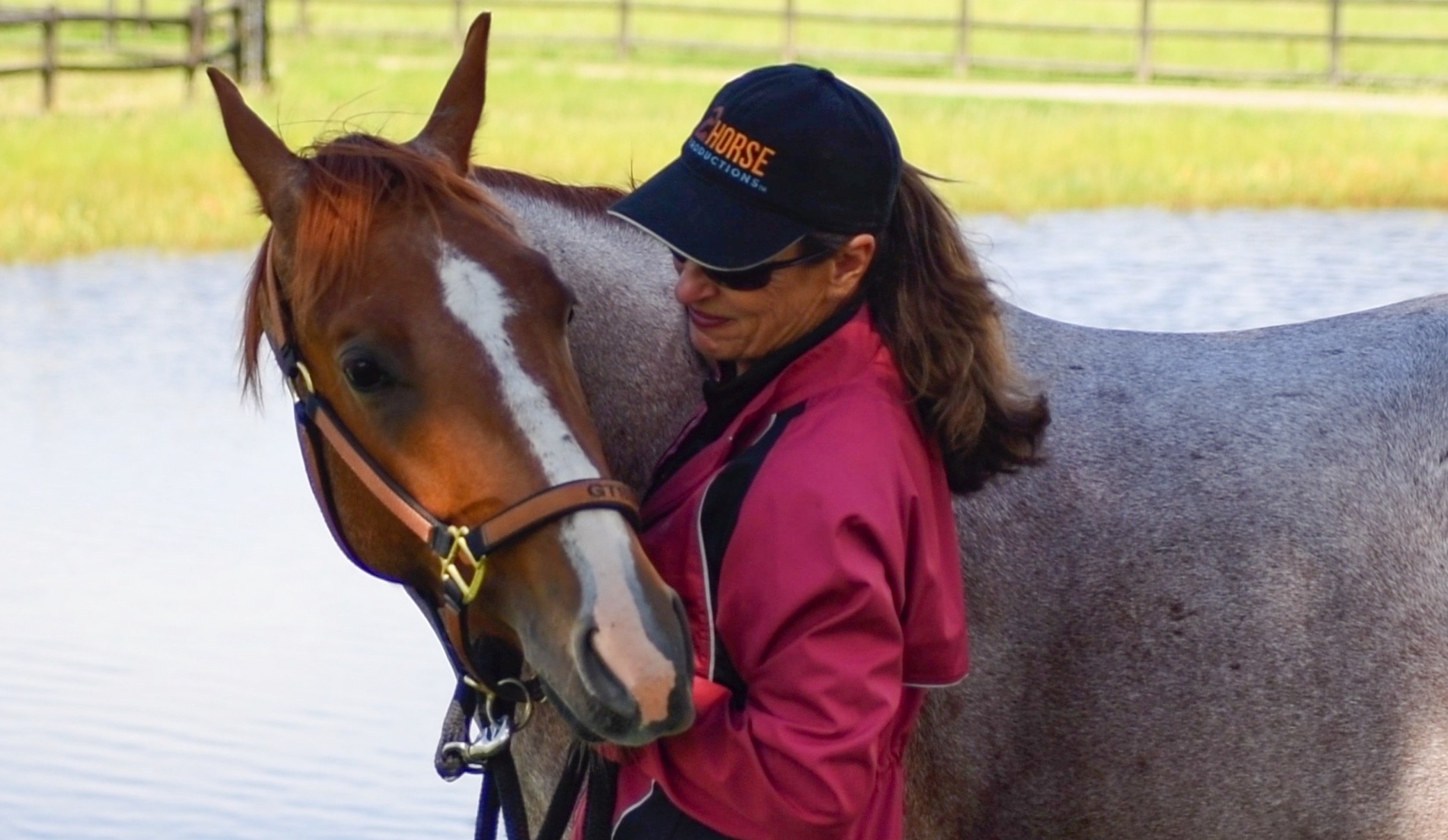Julie Goodnight provides advice and insight to riders all around the world—you can learn more about her philosophies and online training program at juliegoodnight.com. One thing she sees in common with nearly all those who seek her instruction: they often don’t know what they don’t know.

You might think to yourself, “Of course I don’t know what I don’t know—it’s impossible to know I don’t know something!” However, Goodnight says the key is in embracing that you don’t know everything, which allows you to identify where you are in your learning curve.
Goodnight refers to Martin M. Broadwell’s classic book Outliers: The Story of Success, which outlines the four stages of learning.
“It’s a model I think applies particularly well to horsemanship and is a useful tool for changing your perspective when you’re frustrated or stumped,” Goodnight says. “As you begin to recognize your incompetencies, you begin to consciously acquire skills. But first, you must recognize incompetency, only then can you understand the true value of the skill.”
Broadwell identifies four stages of learning:
· Stage 1: Unconscious Incompetent
· Stage 2: Conscious Incompetent
· Stage 3: Unconscious Competent
· Stage 4: Conscious Competent
The first stage is when you’re a complete greenhorn—that could be at riding in general or in learning a new skill or discipline. (Learn more about that in this post with NRCHA Professional Erin Taormino.) Goodnight says that time spent in the first stage can be short…if you’re willing to recognize where you lack skill.
Stage 2 comes with all the hard-knocks lessons—failure, mistakes, pull-your-hair-out moments. “Mistakes are critical to learning and failure is necessary,” Goodnight asserts. “Adopting a positive attitude toward making mistakes is one of the best gifts you can give yourself, in both riding and in life.”
When you reach the third stage, you’re getting things figured out. You’re building confidence—in yourself and in your horse. It still takes a lot of work to do things right, and you hit bumps in the road, but you can feel yourself making progress. “You begin to understand and know how to execute a skill but may find it difficult to explain or demonstrate to others,” Goodnight shares. “Heavy conscious effort is still involved in executing skills, and coaching is necessary. For many (if not most) riders, this is the highest level of competency they’ll achieve.”
In Stage 4, you’re an expert. “By this time, you have so much practice that riding becomes second nature,” Goodnight says. “You can even perform the skill while executing another task (e.g., you can perform the skill and explain it at the same time). Most riding students will never achieve this level of competency, but higher-level instructors will.”
Goodnight lists five keys to working through the stages to achieve your riding goals.
1. Have a realistic view of your own skill level. This is the core component to knowing what you don’t know. It’s hard for some people to be vulnerable and acknowledge/share their weaknesses, but it’s part of learning.
2. Err on the side of under estimation. It’s always safest to under-estimate your skills, especially when trying a new task or riding a new horse. Erring on the side of under estimation means you have room to show your competence and build your confidence.
3. Work with a coach. A riding coach—whether with a full-time trainer, occasional lessons, or in clinics and demos—is an essential part of learning what you don’t know and then acquiring those skills.
4. Be deliberate. “To me, spending 20 minutes on an elliptical machine, with my book open in front of me and my earbuds tuned to workout music, is mindless repetition,” Goodnight asserts. “I might burn a few calories and get another chapter read, but it’s far from a deliberate endeavor. Instead, if I had my entire concentration on the movement, on my vertical and horizontal alignment, using my core, developing bi-lateral strength, maximizing my aerobic capacity—that’s deliberate practice. The first scenario is mindless and lacks focus, and the deliberate endeavor involves seeking and receiving continual feedback on my performance. It’s the same with your horse. Be present and focused.”
5. Put in the time. “In Outliers, the Story of Success, Gladwell asserts that 10,000 hours of practice is the key to achieving world-class expertise,” Goodnight shares. “It’s the ‘tipping point of greatness’ and is based on research of top performers in a variety of fields. Keep in mind that 10,000 isn’t a magic number, it’s just the average time it took these top performers to reach the pinnacle of their success. 10,000 hours of practice works out to 90 minutes a day for 20 years! You’ll likely never have the time nor resources to devote this much to riding, but it’s an important perspective for all riders to have.”
Where are you in the phases of learning? What are you doing to get to the next level? By applying Goodnight’s insights, you’ll learn to enjoy the journey to excellence, no matter your riding goals.






